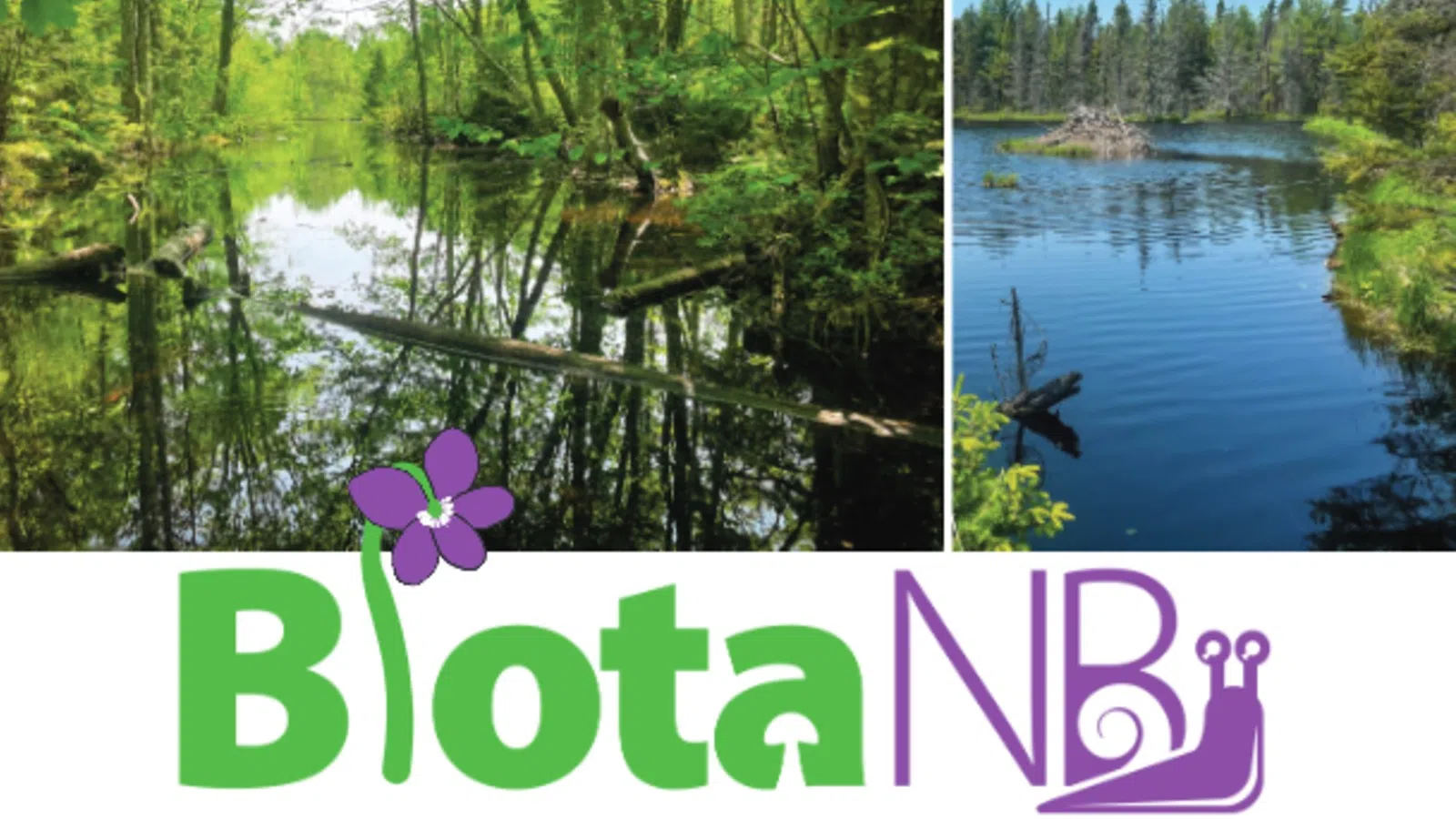The New Brunswick Museum has assembled a record 80 scientists, students and volunteers for its 14th annual BiotaNB survey in the 4,000-hectare Black River Protected Natural Area.
Over two weeks, the team is documenting plants, birds, reptiles and fungi to fill a major gap in the province’s biodiversity records.
“It’s our biggest turnout in 14 years,” Greg Jongsma, acting curator of zoology and co-lead of the project, said.
“It brings logistical challenges, but the energy is contagious.”
He describes the experience as a kind of summer camp for adults.
“You meet new people, reconnect with returning participants, and everyone brings real enthusiasm,” he said.
“One minute you’re searching for salamanders, the next you’re handing off a mushroom to a mycologist. Every discovery gets shared.”
To date, only 62 species—mostly vascular plants and birds—have been logged in Black River.
“It’s a chance to set today’s baseline before climate or habitat changes take hold,” Jongsma noted.
His team is especially keen to find the elusive four-toed salamander, North America’s smallest vertebrate, known from just two New Brunswick sites.
Jongsma explained that BiotaNB brings together specialists in botany, mycology, herpetology and ornithology.
The project includes partnerships with the Atlantic Canada Conservation Data Centre, Parks Canada at Kouchibouguac National Park, university researchers in Montréal and collaborators in Germany.
All specimens will enter the museum’s permanent collections for future study.
Four artists-in-residence, Aleta Karstad, Mathieu Léger, Michael McEwing and Alex Glenn-Collins, are on site producing illustrations, paintings, prints and cartoons inspired by their fieldwork.
Later this year, each piece will be linked directly to the specimen it depicts.
A free open house runs Sunday, July 6, from 12:30 to 5:30 p.m. at the Biota Field Lab (718 Tweedie Brook Road).
Visitors can meet researchers and artists, view fresh specimens and learn how today’s discoveries will guide tomorrow’s conservation efforts.







